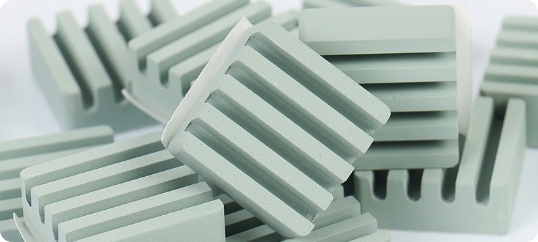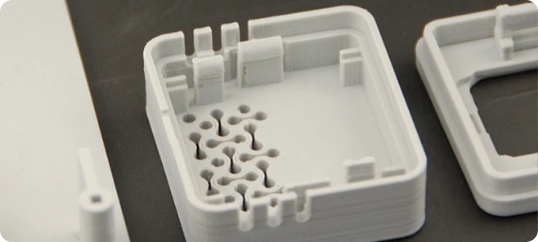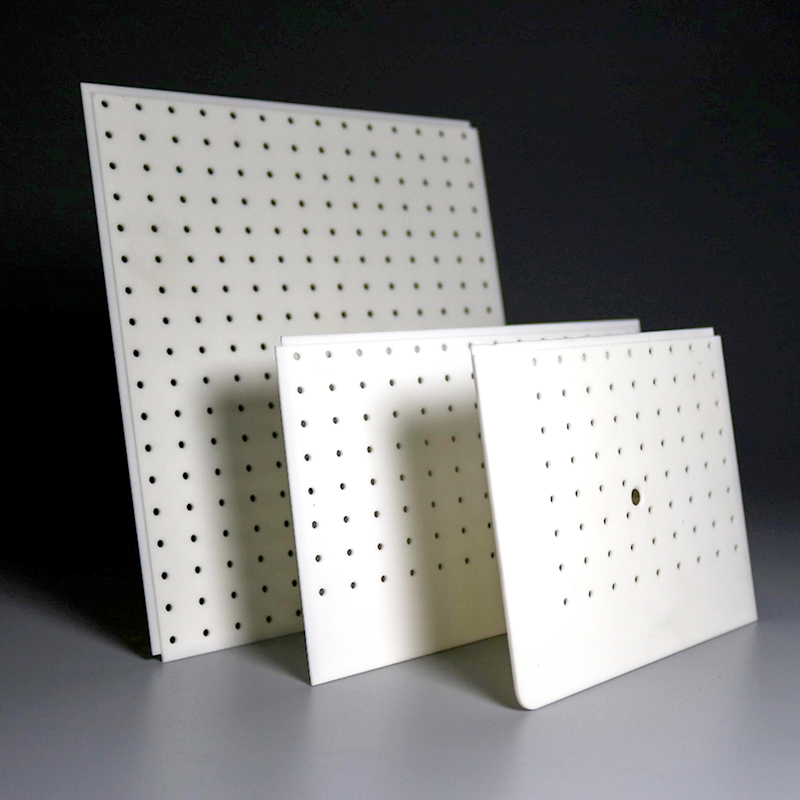As ceramics continue to break new ground in various advanced fields, the industry is also focusing on nurturing future talent, strengthening global connections, and charting a more sustainable course. These efforts ensure that the rich legacy of ceramics not only endures but thrives in the face of modern challenges.
Nurturing the Next Generation of Ceramicists
Across the globe, educational institutions are ramping up their ceramic programs, recognizing the material’s potential and the need for skilled artisans and researchers. In the United Kingdom, the Royal College of Art has expanded its ceramics curriculum to include courses on digital fabrication techniques, sustainable material sourcing, and advanced glaze chemistry. “Our goal is to equip students with a holistic skill set,” says Professor Jane Thompson, head of the ceramics department. “They learn traditional hand – building methods while also exploring cutting – edge technologies, preparing them for diverse career paths in the industry.”
In the United States, community – based ceramic workshops are playing a crucial role in grassroots education. Programs like “Clay for Change” in inner – city areas offer free ceramics classes to underprivileged youth, introducing them to the therapeutic and creative aspects of the craft. Many participants have gone on to turn their newfound passion into small businesses, selling handmade pottery online or at local markets. These initiatives not only foster creativity but also provide economic opportunities, demonstrating the social impact of ceramics.
Strengthening Global Collaboration
The ceramics community is increasingly embracing global collaboration, with international conferences, residencies, and exchange programs becoming more prevalent. The World Ceramic Exposition, held biennially in South Korea, attracts thousands of ceramicists, researchers, and industry professionals from around the world. The event features exhibitions, workshops, and panel discussions, facilitating the exchange of ideas and techniques across cultures.
Artist – in – residence programs are also bridging geographical divides. For instance, a residency in Japan allows Western ceramicists to study traditional Japanese raku firing techniques, while Japanese artists can experience the contemporary ceramic scene in Europe through reciprocal programs. These exchanges not only enrich individual artists’ practices but also contribute to the cross – pollination of ceramic traditions, leading to the creation of new hybrid styles.
Pioneering Sustainable Practices
Sustainability remains a top priority for the ceramics industry. In addition to using natural and recycled materials, manufacturers are exploring innovative ways to reduce energy consumption during production. A leading ceramics factory in Italy has implemented a closed – loop water system, recycling 95% of the water used in the clay – shaping process. This not only conserves a precious resource but also reduces the environmental impact of wastewater discharge.
Another trend is the use of alternative firing methods. Some ceramicists are experimenting with solar kilns, which harness the sun’s energy to fire pottery. While still in the experimental stage, these kilns offer the potential for carbon – neutral firing, especially in sunny regions. Moreover, there is a growing movement towards localizing the ceramics supply chain. Small – scale producers are sourcing clay, glazes, and other materials from nearby regions, reducing the carbon footprint associated with transportation.
The Role of Artisans in a Digital World
Despite the increasing influence of technology, traditional ceramic artisans continue to play a vital role in the industry. Their expertise in hand – building, glazing, and firing techniques is irreplaceable, and their work often serves as a source of inspiration for digital designers. Many contemporary artists are collaborating with master artisans, combining traditional craftsmanship with modern design concepts. For example, a Dutch designer worked with a team of Indian potters to create a line of tableware that blends European minimalist aesthetics with intricate Indian hand – painting motifs.
As the ceramics industry evolves, the synergy between tradition and innovation, education and collaboration, and sustainability and creativity will be key to its continued success. Whether it’s through nurturing young talent, fostering global connections, or implementing eco – friendly practices, the world of ceramics is actively shaping a future that honors its past while embracing new possibilities. With each new development, ceramics reaffirm their status as a material that not only enriches our physical world but also our cultural and social fabric.





